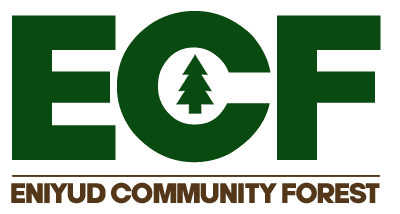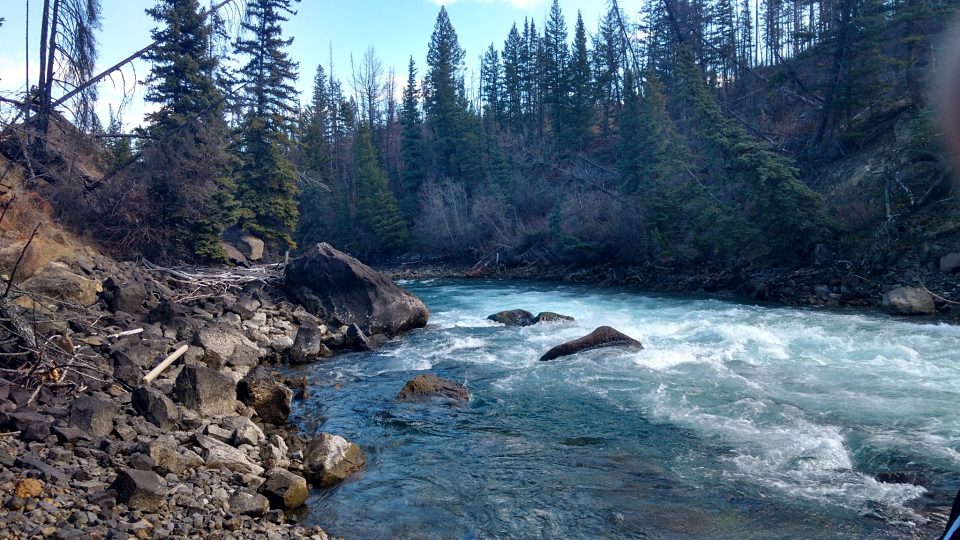Tŝideldel First Nation – Community Profile
Located in the central interior region of British Columbia, the Tŝideldel First Nation is one of six nations that belong to the Tsilhqot’in National Government (TNG). Redstone Reserve, is located 177 kilometers west of Williams Lake, in the Cariboo Chilcotin region. Redstone is the literal translation of the Tsilhqot’in Tŝideldel. Smaller reserves also include areas around Redbrush, Puntzi Lake, and other homestead meadows. This rural reserve is home to approximately 700 band members, with half living on reserve and half residing off-reserve. Formerly known as Alexis Creek Indian Band, the reserve is located on the western side of the upper Chilcotin River and just 20 kilometers south of Bendziny (Puntzi) Lake. One of the larger lakes in the central Chilcotin, the lake is in the heart of Tsilhqot’in (People of the River) traditional territory and is of historical significant value to our people as it was the largest village site that had been hit by the 1862 Pacific Northwest smallpox epidemic.
At the beginning of the Cariboo Gold Rush, colonists began to pursue plans to create a road to access the new Cariboo gold fields from Bute Inlet through Tsilhqot’in traditional territory. The Tsilhqot’in people were a sovereign nation who governed their lands without interference and with minimal contact up until this point. Smallpox was then deliberately spread amongst the population as a bioweapon, resulting in over 70% of the population dying within an eight-month period. In 1864 there was a confrontation between Tsilhqot’in members and white road construction workers who were continuing to encroach with complete disregard and abuse. Tensions escalated and there was a threat of smallpox uttered and in response the Tsilhqot’in people declared war, which resulted in the death of 21 people. The Tsilhqot’in warriors then removed all settlers from their lands, the road project was abandoned, and there was no settler activity between the Pacific Ocean and the Fraser River, a span of 400 km. Under the guise of a peace accord meeting, five Tsilhqot’in Chiefs were coaxed to Quesnel, BC and subsequently arrested, charged with murder, and sentenced to hang. The sixth chief was executed a year later in New Westminster, BC. These events known as the “Tsilhqot’in (Chilcotin) War ” are one of the most dramatic conflicts in the history of Indigemous/settler relations in the Pacific colonies. In 2014, the chiefs were exonerated by the Province of British Columbia. Also in 2014, the Supreme Court of Canada gave the Tsilhqot’in title to 1,900 square kilometres of territory, and their right to hunt, fish, and forage on another 2,400 square kilometres. This landmark ruling set precedent as the Canadian court case gave First Nation legal title to their land. This decision is the result of more than 150 years of unwavering resistance that defines Tsilhqot’in identity to this day.
Tŝideldel members continue to honour their collective past, while working to preserve Tsilhqot’in culture for future generations. Over 54% of the community speaks Tsilhqot’in. Many members continue to hunt, fish, forage traditional foods and medicine, spend time out on the land, drum, sing, and play the traditional stick game Lahal. Tŝideldel purchased Bendziny Resort at Puntzi Lake in 2021 as a community health and wellness centre and in 2022 purchased Barney’s Resort as a tourism initiative. Tŝideldel First Nation employs about 45 people, with 80% of those being full-time employees. “TsiDelDel Deni Sutsel Denijuli” – TsiDelDel people will live well.
About the Tatla Resource Association
The TRA came into being in 1998. It was formed out of the community’s interest in resource management decisions being made by government in the West Chilcotin.
Concerned community members were engaged with resource through the various community organizations that were in existence at the time, i.e. The Niut Wilderness, Tatla Lake Livestock, trappers, community associations, etc. Under the banner of the TRA, all these groups were united in participating in the government’s land use planning process.In the mid 1990’s the government advertised a Forest licence in the Tatla Lk. and Homathko drainage areas. As a result of a large local objection the advertisement was suspended. In light of this event it was decided that a united body to monitor development proposals would be the most effective way of keeping residents informed. So in 1998 the Tatla Resource Association was formed with it’s guiding principles being:
- to act as a forum for discussion, dialogue, and education regarding natural resources in the Tatla area.
- to create a community vision of sustainable, ecological resource use and stewardship.
- to undertake and complete a resource-use plan for the Tatla area.
- to represent the resource interests of the Tatla community to government and industry.
- to ensure that the natural resources of the Tatla area benefit the local communities.
The first major work undertaken by the TRA was to develop a Tatla area community plan. This is something normally done by government, but it was felt that this was an important issue to pursue pro-actively. A great effort was made to formulate a plan which was compliant with the Cariboo-Chilcotin Land Use Plan. This plan was completed in 2001 and integrated by government into the Chilcotin Sub Regional Sustainable Resource Management Plan of 2007.
The TRA also participated in the West Chilcotin Demonstration Project along with Tsi Del Del Enterprises Ltd, West Chilcotin Tourism Association, Wilderness Tourism Association of B.C. and Riverside Forest Products Ltd. The TRA’s Tatla Plan was a key component of the Demonstration Project.
Through the Demonstration Project it became apparent that the land management principles and goals of the TRA and Tsi Del Del First Nation were very similar. When the opportunity of having a community forest presented itself it was felt that this would be the best vehicle for both parties moving forward. A Community Forest would secure the forest management of the Traditional Landbase for the two communities of Redstone and Tatla Lk. In light of this, an application for a Community Forest License was made in January 2006, with the TRA and Tsi Del Del First Nation as equal partners. A Probationary Community Forest License was granted in March of 2009.
The TRA hopes that the Eniyud Community Forest will continue to enable the principle of sustainability of our forest, while remaining economically viable as well as continuing to foster a good relationship with our First Nation partner.

